FURNACE CIRCUIT OR CONTROL BOARD
Furnaces use a circuit or control board to perform any number of activities from simply igniting your furnace to alerting you to problems within your unit. This “brain” within the furnace initiates and ends the heating operation, monitors the temperature and watches your furnace for signs of problems.
Types of Control Boards
For a basic furnace, your control board will drive the operation of your ignitor, gas valve and flame sensor. These “simple ignition controls” are most common on older, less efficient units.
Integrated furnace controls, common on many high-efficiency furnaces today, lead the operation of many more activities. These might include the workings of the furnace blowers, as well as the onboard diagnostic system that provides you with troubleshooting information.
Control Board Operation
Typically, your control board kicks on the furnace ignition system (either a spark generator, glow coil or pilot light) after receiving a single from your thermostat that the temperature is too low. Once your ignitor is running hot, the control board gets gas flowing through the burners where that is ignited to start heating your home. Your control board then oversees the furnace’s operation until it receives another signal from your thermostat that your home has reached the appropriate temperature.

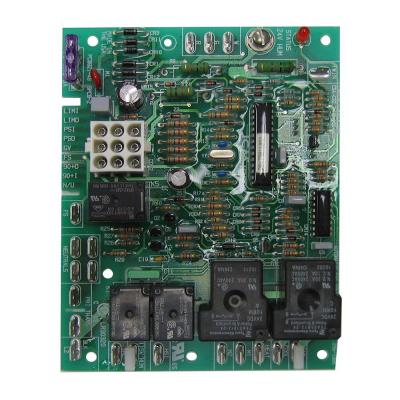
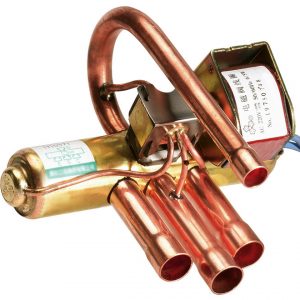
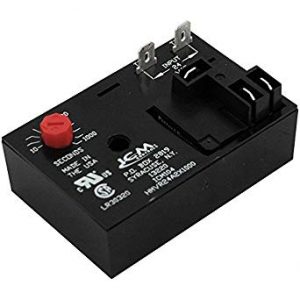
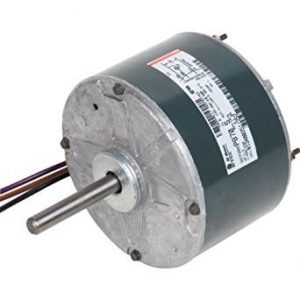
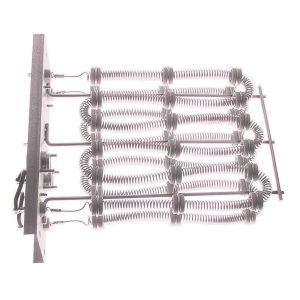
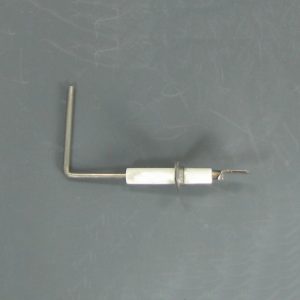
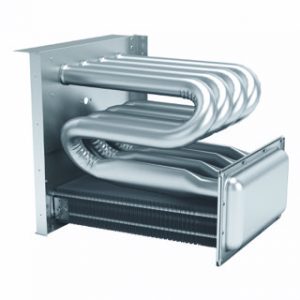
Reviews
There are no reviews yet.